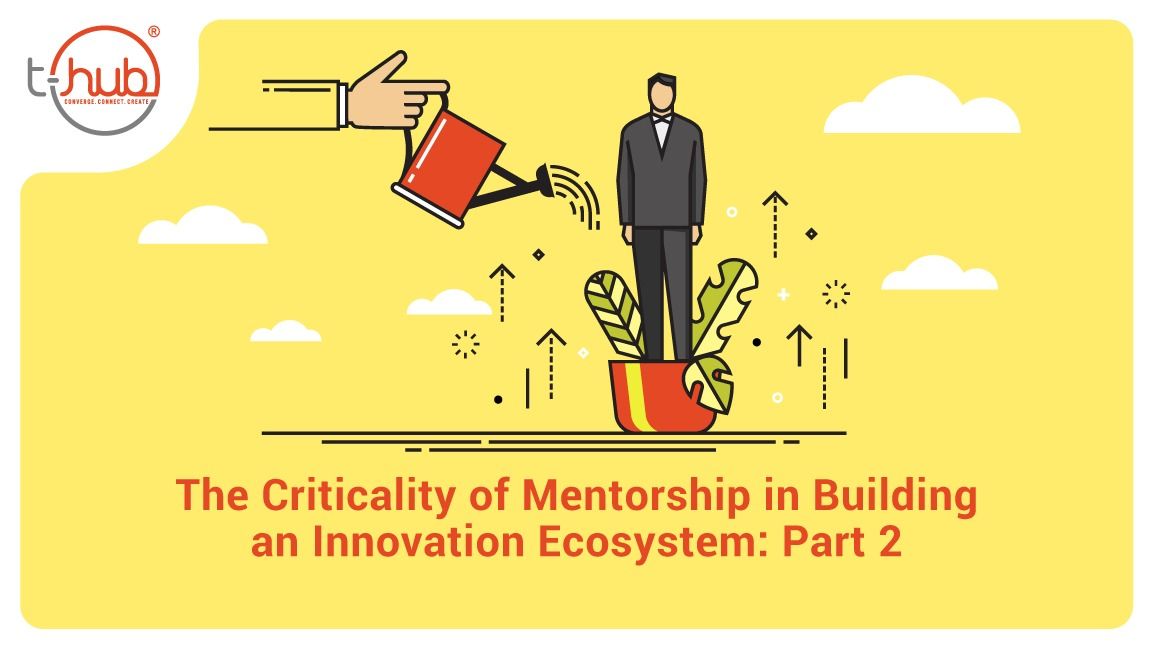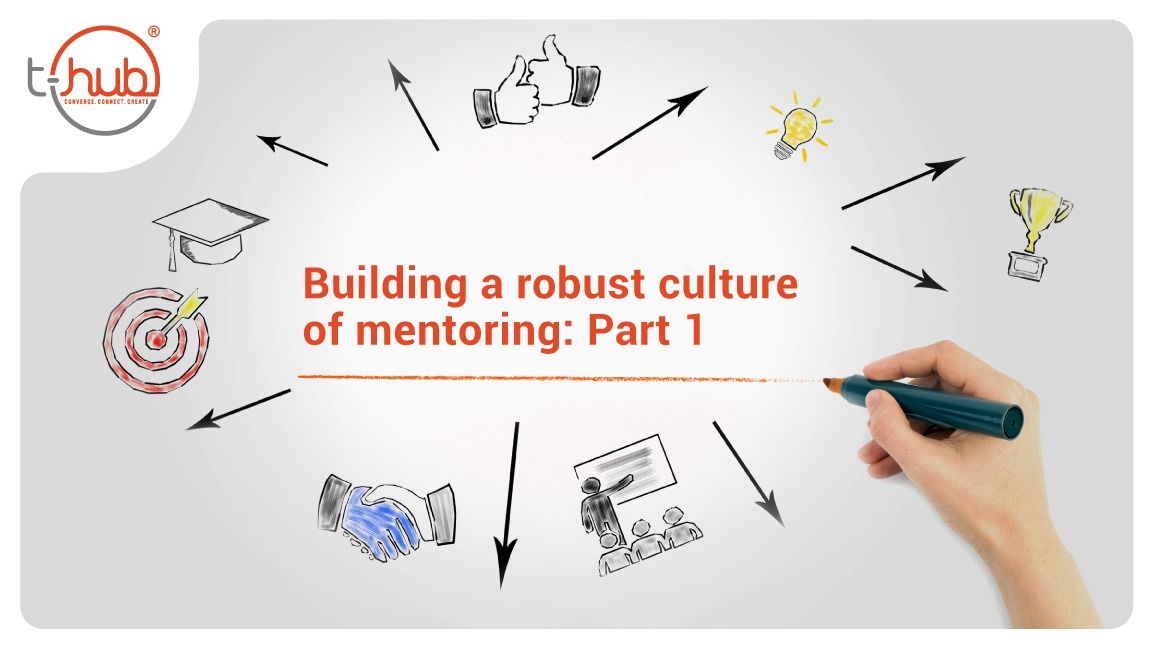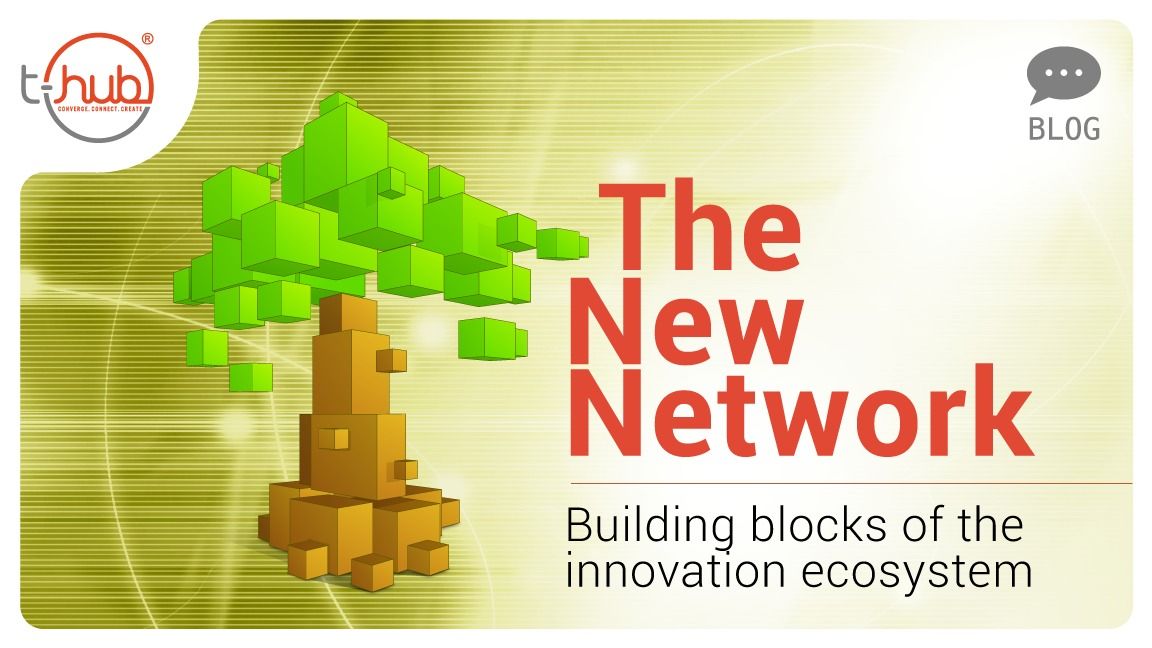In the race to lead the next frontier of inventions and discoveries, the academia is arguably the most underrated stakeholder in the innovation ecosystem. But the COVID-19 pandemic turned out to be a level playing field that showed the critical role academic institutions can play in a time of unprecedented crisis. It was not only startups and corporates that displayed an innovative mindset but also schools and universities that viewed the pandemic as an opportunity to showcase their creativity, resilience and leadership.
Here are four ways in which academia contributed to the innovation ecosystem amid the pandemic:
Universities: A hotbed for innovation

Even before the pandemic, university campuses were viewed as emerging hotbeds for innovation that ignited a spirit of entrepreneurship and innovation to flourish through their in-house incubator and accelerator programs.
When COVID-19 continued its grip on the world, the Indian Institute of Technology (IIT) Madras emerged as a hub for innovation and spearheaded groundbreaking solutions to combat the virus. Modulus Housing, a startup incubated in the IIT campus, has developed MediCAB. It is a one-of-a-kind portable hospital that will help COVID-19 patients seek proper medical treatment in their local communities through a decentralised approach. The “hospital” is created using foldable “prefabrication modular technology” and comprises four zones – a doctor’s room, an isolation room, a medical ward and a twin-bed ICU maintained at negative pressure.
Nanotechnology startup Log 9 Materials created CoronaOven, a contactless UV disinfection chamber that disinfects Personal Protective Equipment (PPE), household supplies and e-commerce deliveries through a process called Germicidal Irradiation. The startup that was incubated at IIT-Roorkee has now partnered with Indian Institute of Science (IISc), Bengaluru, to deploy the technology.
Student-led initiatives on campuses

In the year of the novel coronavirus, students came to the forefront to find innovative ways to understand the virus and tackle the multiple challenges triggered by COVID-19.
For instance, Stanford University set up the COVID-19 Response Innovation Lab. It is a student-led incubator aimed at bringing together volunteers to find creative solutions to tackle issues ranging from offering financial assistance to students who lost their internships to providing free mental health-related tele-counselling services.
Students at The University of Chicago Booth School of Business reached out to small businesses in Chicago to help them pivot amid these challenging times. The student community came to the aid of local businesses by refining their growth strategy and sharing business know-how to enable them to remain customer-oriented in the new digital environment brought about by the pandemic. The students were able to facilitate such initiatives under the Polsky Center for Entrepreneurship and Innovation that supports innovation and entrepreneurship activities on campus.
It was heartening to see even school students in India turn innovators to fight the battle against the virus. From contactless doorbells to portable ventilators, students across the country displayed their chutzpah, creativity and entrepreneurial spirit during the pandemic.
A collaborative approach to problem-solving

University partnerships with key stakeholders in the innovation ecosystem was a key trend that emerged amid COVID-19. For instance, Ashoka University has partnered with Connecticut College to provide a virtual platform for students to participate in a research initiative that covers the impact of the virus in the areas of education, the environment, global inequality, activism and policy.
A stellar example of collaboration between the academia and industry can be seen in Oxford University’s partnership with biopharmaceutical major AstraZeneca to develop and enable the largescale manufacture and distribution of the COVID-19 vaccine. The collaboration is viewed as a ‘scientific triumph’ that has given a fillip to the university’s team of academics and scientists who took their level of research and teaching several notches higher with the development of the breakthrough vaccine.
Of course, the academics’ expertise in vaccinology has been ably supported by AstraZeneca’s world-class manufacturing and distribution capabilities. The partnership is a testament to the power of both the academia and industry to save lives and pave the path for future collaborations that will improve the global funding ecosystem for vaccine development.
Swift pivots to sustain learning

The pandemic proved to be a testing time for the academia as institutes of higher education had to quickly adapt to the mindboggling disruption caused by COVID-19. From government schools in remote corners of India to some of the most prestigious universities in the world, the education sector as a whole shifted to the online environment to ensure that learning was sustained amid the pandemic.
For instance, in what can be lauded as an impressive initiative to bridge the vast digital divide in India, the Bihar Education Project Council (BEPC) launched e-classes for students of grades 6-12 through a mobile app called “Unnayan: Mera Mobile, Mera Vidyalaya.” The app is a collaborative venture jointly developed by the United Nations Children’s Fund (UNICEF), the state government of Bihar and Eckovation, a social learning platform. The BEPC also partnered with All India Radio (AIR) to broadcast classes to those students who didn’t have access to the Internet and digital learning tools.
The pandemic disrupted even worldclass universities and colleges around the world and compelled them to reimagine their approach to teaching methodologies in the future. For instance, many elite universities such as Brown University transitioned to remote instruction in Spring 2020. Now, a year later, they are open to trying out a hybrid instruction model that will include a combination of online and in-person classes. Yale Law School opted for the hybrid learning format amid the pandemic that they believed was extremely effective in engaging with the student community and ensuring active participation from them.
__
Remarkably, the pandemic has done some good, too, for global education. It has accelerated the adoption of digital learning and made academia more attuned to new technologies and innovations that will fuel future education pathways. If this optimistic trend continues in the post-pandemic world, any existing digital divide in the realm of education may well become a thing of the past.






